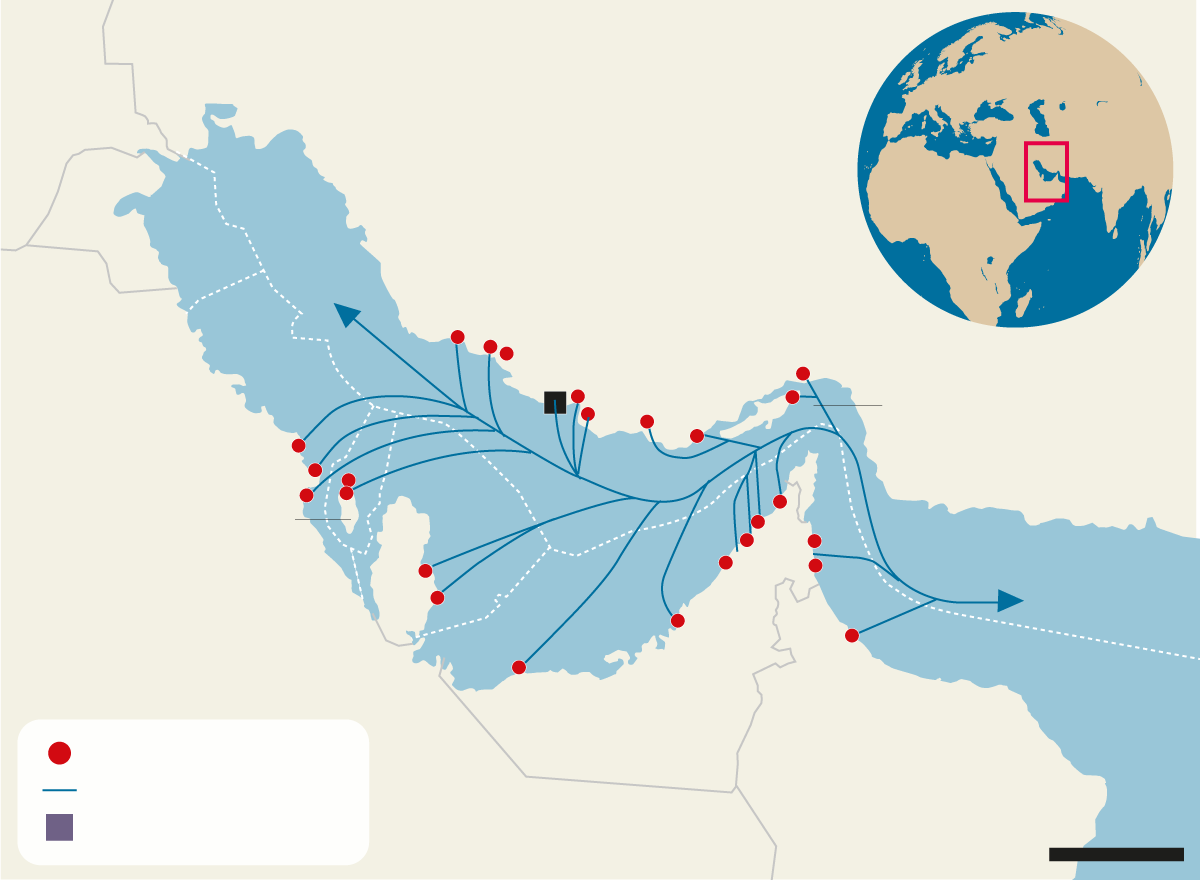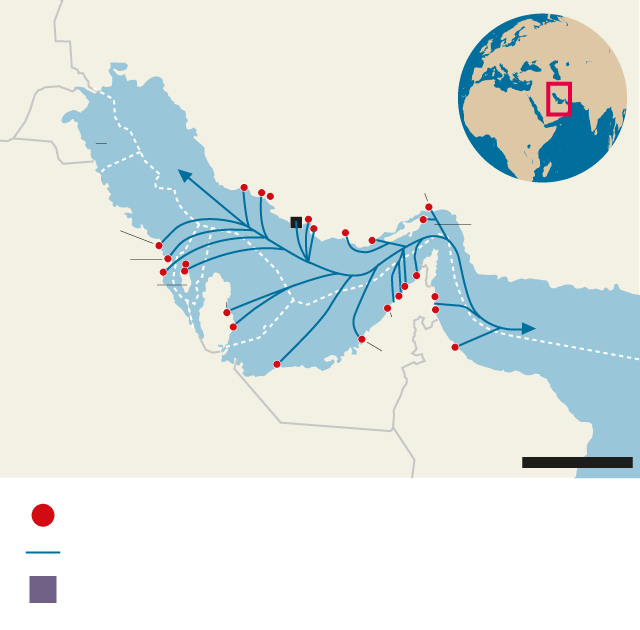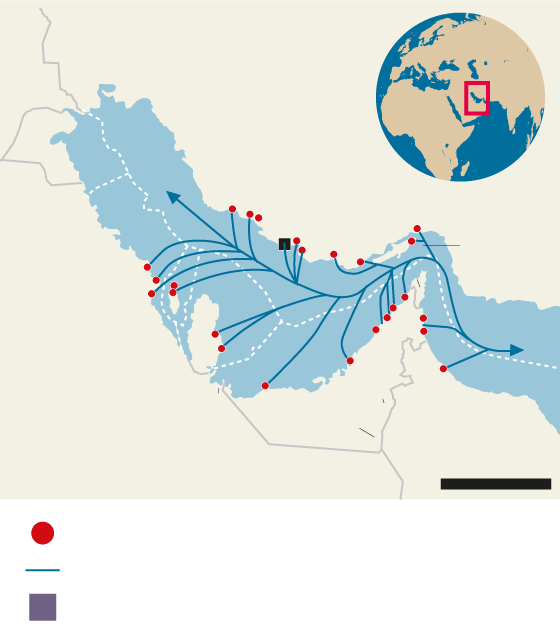Iran's options in the war against Israel
Tehran cannot resist an aggression involving the United States, but it can play the Strait of Hormuz card.


BarcelonaIsrael's attack on Iran appears relentless. Although neither Tel Aviv nor Tehran are transparent about the damage suffered, it is clear that the Iranian regime's military and scientific leadership has been decapitated, and that military installations (particularly surface-to-surface and surface-to-air missile launch batteries, as well as various bases) and nuclear equipment, nuclear equipment, and gas have been destroyed. At least 240 Iranians have died, according to official figures. Tehran counterattacked with attacks on Israeli military installations and civilian neighborhoods, leaving 24 dead. and have caused significant damage in large cities such as Tel Aviv and Haifa.A level of destruction the country has probably never experienced before.
But to what extent can the ayatollahs' regime sustain this war (an air war, it must be remembered) against the sixth-largest military power on the planet? It's also difficult to quantify because neither Israel nor Iran are transparent about their respective arsenals. We know that Iran has developed one of the most powerful missile programs in the entire region., with thousands of ballistic missiles of varying ranges and speeds. Tehran is believed to be capable of withstanding the exchange of blows for weeks. And while Israel's air defenses are probably the best in the world, it can overwhelm them with the strategy of massive, combined launches of drones and missiles. Their material destruction capacity could be significant, and their psychological impact even more so. in a population accustomed to military superiority over its enemies, when they are Palestinian, Lebanese, or Yemeni militias, but not facing a military power.
The Haj Qassem missiles, which Iran launched for the first time against Israel on Sunday, were able to evade the defenses, and the result was images of great destruction. The message is that Tehran still has aces up its sleeve. Obviously, the arsenal of these missiles is limited, but if the conflict drags on, it could turn into a war of nerves, of attrition. But for how long? That's the big question that no one can answer with certainty.
Can Israel continue to protect its population while bombing Iranian territory? Well, that depends on Donald Trump. Iron Dome is a scalable system that allows the United States to deploy its anti-aircraft batteries, either from the ground or from the sea, to help its ally shoot down Iranian aircraft in the sky before they hit the ground. European powers with military bases in the region inherited from the colonial past, such as France and the United Kingdom, can also contribute. Although Paris and London have intoned the mantra of Israel's right to defend itself, it is unclear how much risk they are willing to take. That is why Iran has explicitly threatened them if they shoot down its missiles aimed at Israel. Iran's Supreme Leader, Ayatollah Ali Khamenei, should also think twice before attacking the territories of Turkey, Kuwait, Saudi Arabia, or Qatar that host these bases because they are his regional rivals and to avoid dragging Western powers into the war.
What seems pretty clear is that Netanyahu is trying to get the US directly involved in the conflict because then Tehran would be left with no options, especially if the goal is to annihilate its nuclear and missile programs, which can be done from the air and at relatively low cost to troops.
Non-military options
But other factors may come into play in the ayatollahs' calculations. The obvious thing is—as Tehran has already threatened—blocking the passage of ships through the Strait of Hormuz, just 53 kilometers long, which it shares with the Oman peninsula and through which 30% of global oil traffic and 20% of liquefied natural gas (LNG) traffic passes. Goldman Sachs experts believe this could push the price of a barrel up to $100, which would cause serious problems. "Any prolonged crisis in the Strait of Hormuz would not only disrupt shipments from the main Gulf producers—Saudi Arabia, the United Arab Emirates, Kuwait, Iraq, and Qatar—but would also make inaccessible most of the world's excess production capacity, which was concentrated in the Persian Gulf" last year.
In the case of oil, there are more alternative routes, but LNG markets are more exposed to the effects of the closure of the Persian Strait. The closure is expected to occur in early 2023, equivalent to 20% of global LNG trade. Around 80% of this fuel goes to Asia, while Europe receives approximately 20%, meaning that disruptions would exacerbate competition between regions.



